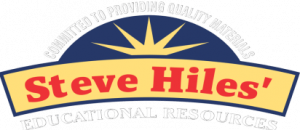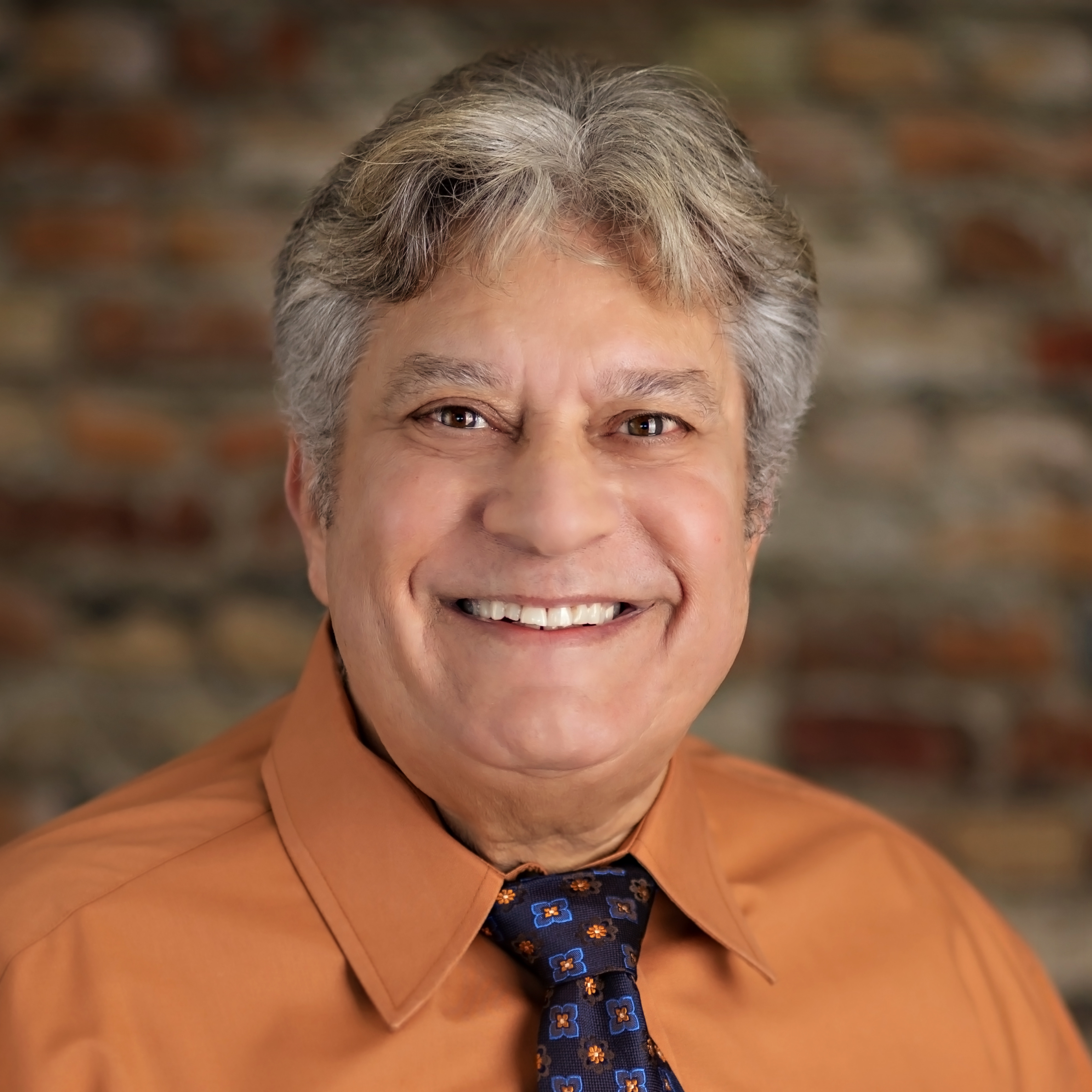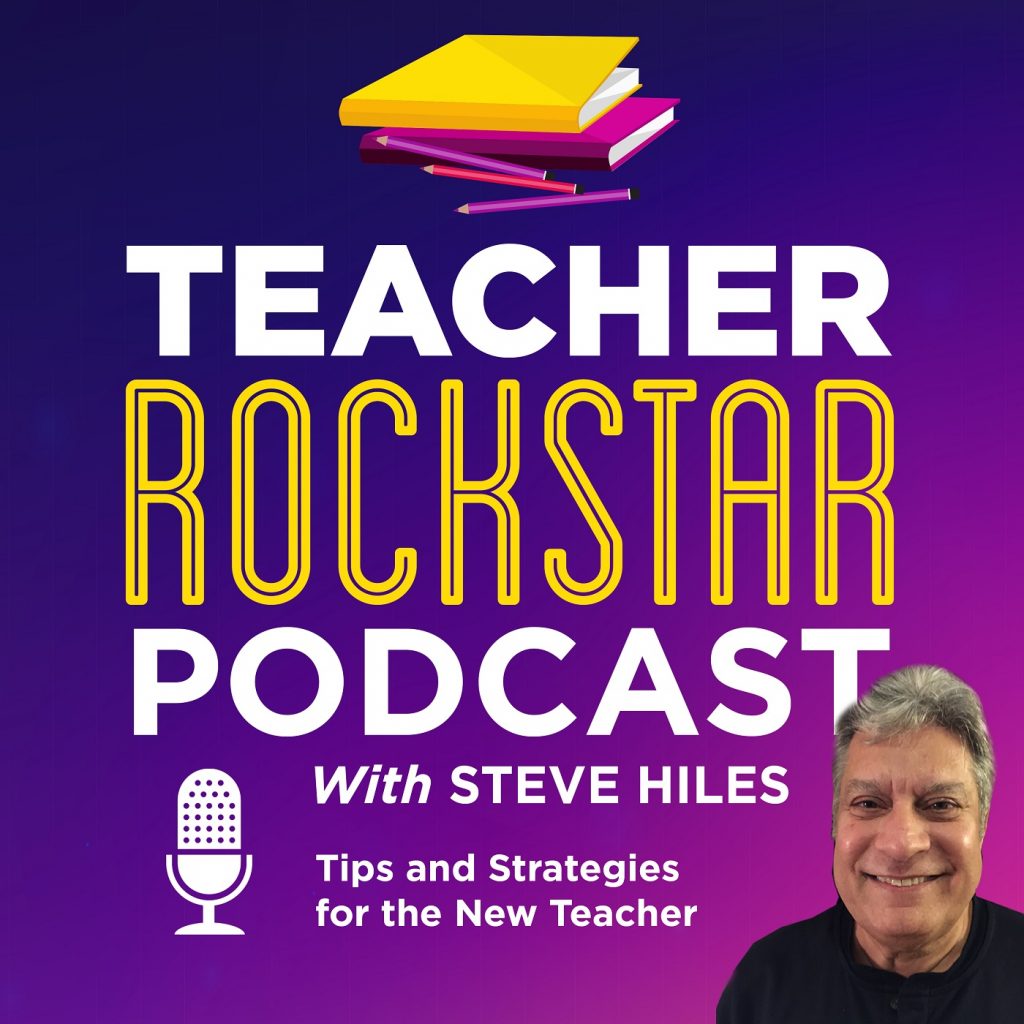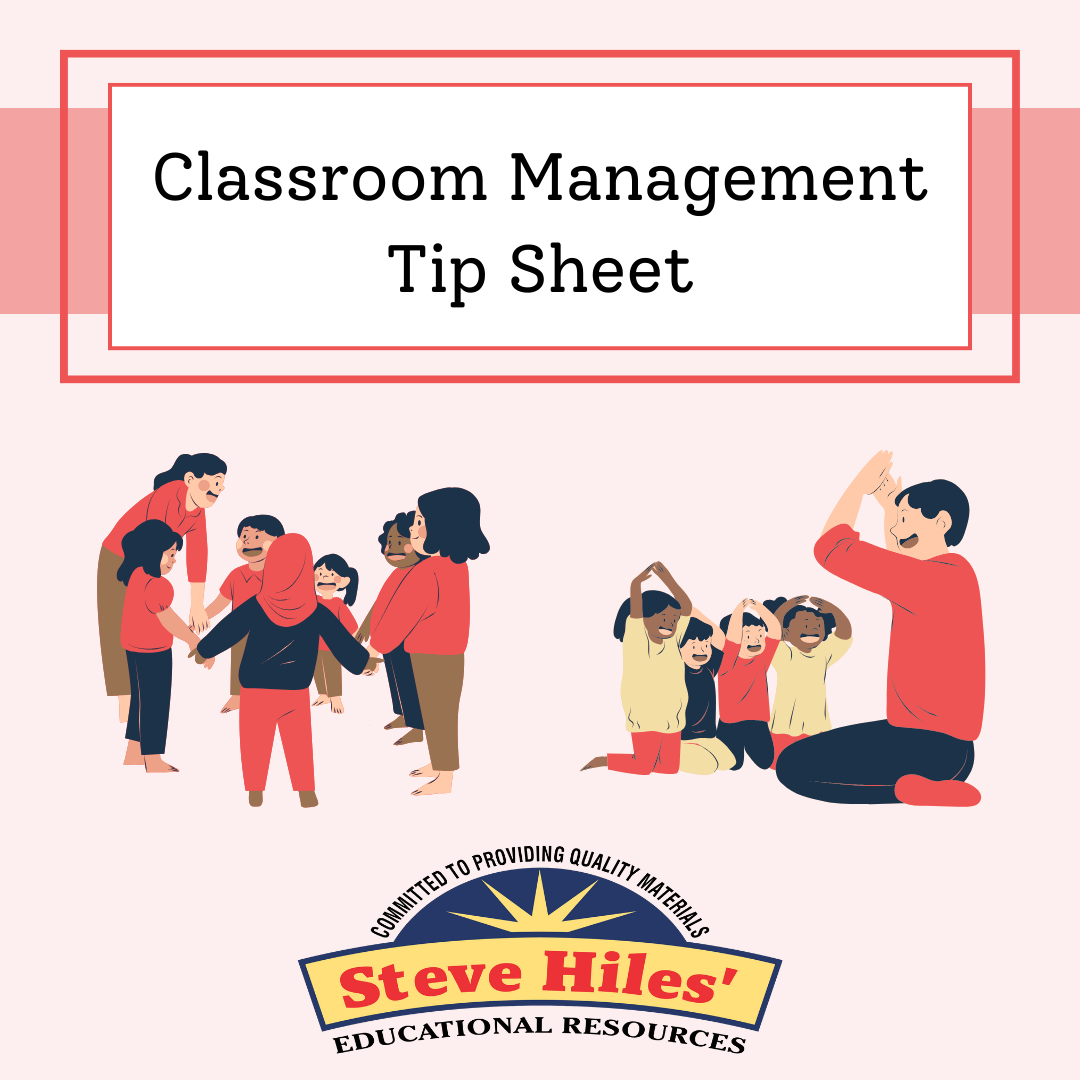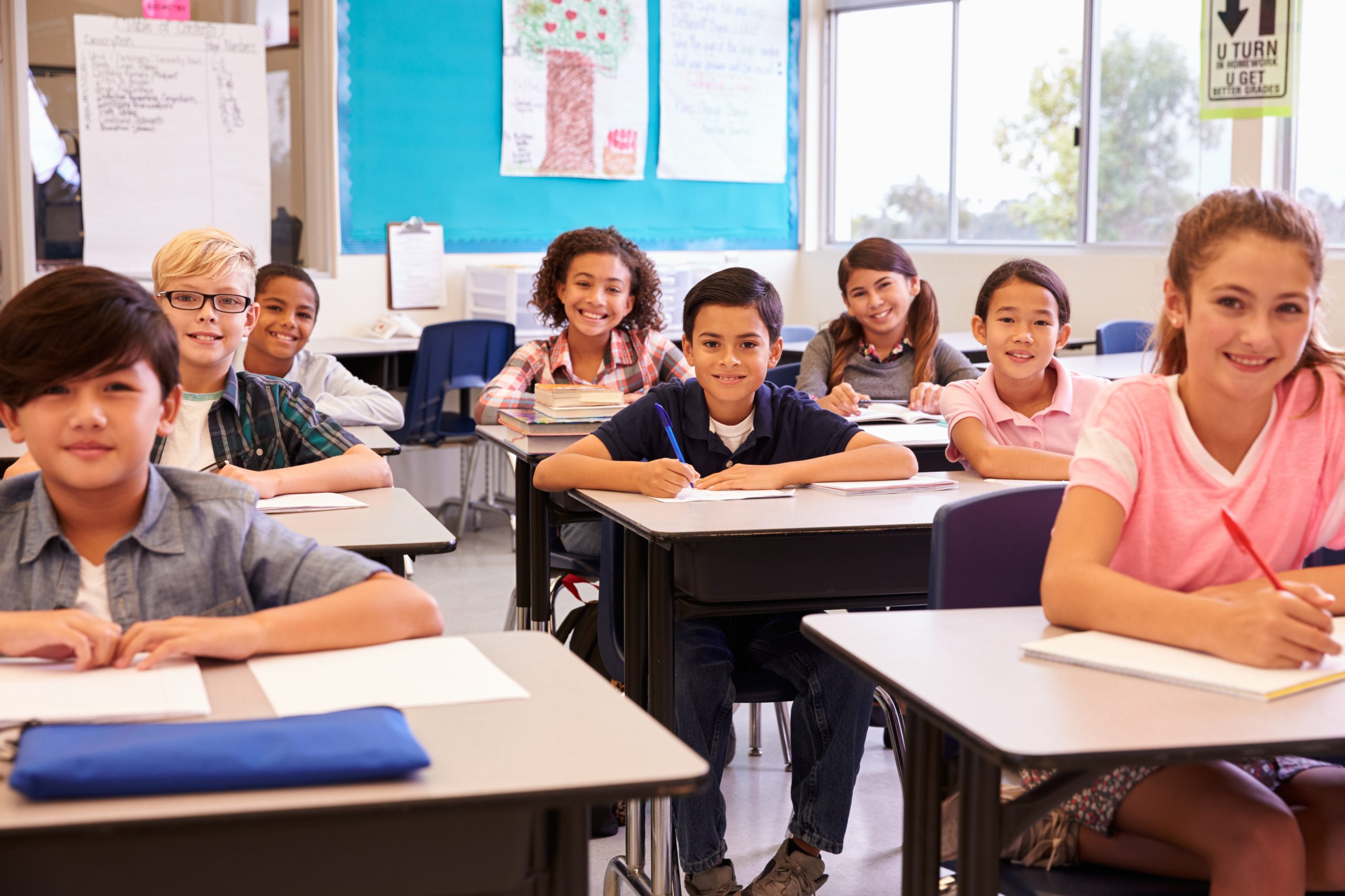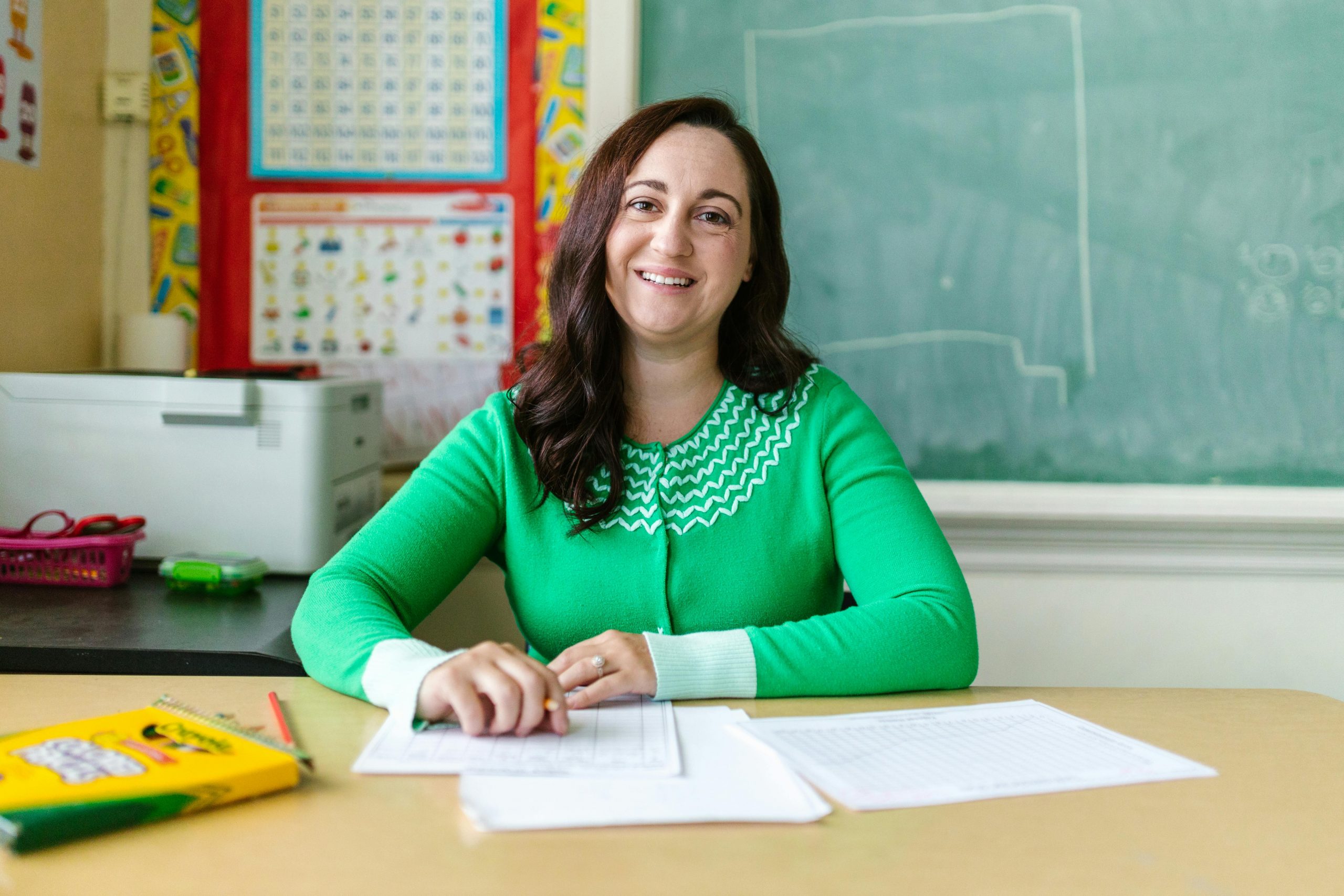Before we talk about ways of implementing restorative practices, it is of equal importance to understand the need and the concept.
In a normal setting, Suspensions and expulsions as disciplinary methods are causing problems in our schools. Those factors prevent or discourage young people from completing their education, a concept known as school pushout. It has severe, lasting impacts for students and commonly affects historically disenfranchised youth. One study followed all 1 million seventh-graders in Texas for six years, and according to NPR, found that 60% of them were suspended or expelled at least once between their seventh – and 12-grade school years. Of the 15% who were expelled 11 times or more, half ended up in juvenile-justice facilities or programs encompassing an average of 73 school days. They repeated grades and failed to graduate high school more often.
In her words, they’re effectively “pushed out” from the school system. Fortunately, experts believe there’s a better way to address discipline problems without suspensions or expulsions. The use of restorative practices has emerged as a popular method for helping youth stay on track.
So What are Restorative Practices?
Restorative practices, also known as restorative justice, is an approach to classroom discipline that encourages conversations over punishments like suspension and expulsion. This is thought to encourage students to talk through their emotions to get to the root of a problem. Once the person who has done wrong has admitted it and made it right with the group or the individual, they can be readmitted into the class. The International Institute of Restorative Practices describes it as the practice of fostering connection and community between individuals in a group setting.
Schools that use restorative practices focus on community, attempting to build empathy among students by helping them understand themselves; why what they have done is wrong or harmful to their community. Instructors take a more collaborative model than the norm, conversing rather than at their students but rather, trying to engage in one on one connection as often as they can.
You will find several highlights that all claim to be restorative practices but it all boils down to a hand full of practices. To give you an idea there are 5 tips.
1- Mindfulness practices
2- Using restorative circles
3- Using affective (emotional) statements
4- Forming collaborative class agreements
5- Having a problem-solving “anchor chart” for the classroom
1: Mindfulness practices:
Such as meditation, are recommended for increasing a student’s focus and can also help reduce stress and anxiety. Sitting for five minutes and doing nothing but focusing on their breathing can help clear students’ minds, connect them to what they are doing and leave them better able to handle the rest of the day. Mobile apps like Headspace and Calm can help guide the student through a mindfulness session.
2: Restorative circles:
This practice is regularly used in the restorative practice model as a way to encourage conversation and the sharing of experiences as well as an opportunity to brainstorm. The Center for Restorative Process said that circles help with leadership skills, self-awareness, relationship skills and self-management. When in the circle, there is a centerpiece and a “talking piece,” an object that whoever is talking holds. When that person is holding the talking piece, it is their turn to speak without interruption. Common discussion topics in these circles include group issues like class lessons, daily check-ins and conflict resolution.
3: Affective statements:
Affective statements are also known as “I feel” statements, provide a framework for students to tell others what is wrong and what can be done to solve a problem. Students can use them with each other, or with another student. It can be as simple as I feel/am (emotion) when/that you (behavior) because (reason). I need (request). Students’ fill in those blanks to open up to their peers, writing it on a piece of paper is also a form of passing that energy to the other person so they can understand and calibrate their behavior towards them.
This allows students to communicate a problem and emotion, then provide a way to resolve the situation without introducing blame.
4: Collaborative class agreements:
They are much the way they sound: a code of conduct that the whole classroom creates together and agrees on. The idea is to give students a sense of pride and ownership in the workings of their classroom environment and make it more likely that they will abide by those rules.
5: Problem-solving anchor charts:
These charts categorize common events likely to happen during a school day, and then provide actions students can use to deal with those events. A model that can be used is the categories “big deal” and “no big deal.” The correct action for a “big deal” situation – a fight, injury or similar problem – is always to tell an adult. A “no big deal” situation can be worked out between students.
How to get started?
The Restorative practices world is a world that many educators fear simply because they do not know a lot about it. Educators are rarely trained to an adequate level in how to make Restorative Practices (RP) work in their daily lives. Teachers are usually shown the heavy-duty re-entry circles or conflict mediation to demonstrate the power of Restorative practices, but this often leaves teachers intimidated, overwhelmed, and asking how this is going to work for them.
The best, and most practical way, to implement restorative practices in the classroom is to start small with some basic restorative skills that can be practiced in your classroom, and even in your life outside of school. These skills are listening, affective communication, and curiosity questions. Once these skills have been practiced, lived, and embraced, then the teacher can begin working into the heavier-duty RP practices.
One of the best ways to begin is Listening:
While the concept of listening seems self-explanatory, we as teachers do not always do it. We are often trying to do a million things at once and, in turn, never really listen to our students. We hear them, but do we listen? In a restorative classroom, there are a couple ways we can demonstrate that we are listening. First is by mirroring their emotions and feelings about a topic. If they are serious when they are telling you something, then be serious as you listen. Second, is by demonstrating active listening and paraphrasing. Saying things like, “What I am hearing you say is …” Third, is by being present and validating their feelings. If they are telling you something, make sure you are in the conversation and not planning your grocery list. A big part of being present is validating their feelings. You can do this by making statements such as, ” I understand why you are upset.” Or, “I cannot even imagine what you must be feeling, and thank you so much for sharing with me.”
Implementing restorative practices on a school wide scale is hard work, especially for a single teacher it is nearly impossible, but when there is a new model is needed to be introduced, the best way is to start in your class, you see a group of students in a conflict, try and pitch the idea of solving the problem by listening to each other’s arguments and figure out what makes more sense, become the neutral body to solve their conflict, the word practice is a clear indication that such schemes are supposed to be made part of a natural setting my not only be implemented through discussion but also through demonstration in real life scenarios whenever you come across one.
The Effect of Restorative Practices in Schools:
The school pushout phenomenon has been linked to more than just dropout rates. When students drop out, they’re more likely to end up in the criminal justice system. A 2016 study named Outcomes of a Restorative Circle Program in a High School Setting sought to explore restorative practices in action and see whether it actually could be of benefit to students in a real-world setting. Authors of the study spoke with students and faculty at a school where over 90 percent of the students were African American, and three quarters of the student body qualified for free or reduced lunch programs.
Authors of the study found some real benefits of using restorative practices in the classroom. According to the study, students started using circles on their own to problem solve, and teachers were more likely to talk things out with their students than jump right to punitive measures like suspension. One student involved in the study said they preferred using circles to solve their conflicts over suspension.
Many districts that are new to restorative practices are under the impression that it is a program to implement. It is not. Restorative practices are about shifting the mindsets and developing the capacity of stakeholders like students, families, teachers, administrators, receptionists, cafeteria staff, security staff, etc. so they are invested in the culture and climate of the building and accept responsibility for maintaining a safe, enjoyable, and productive environment for all involved. When stakeholders are invested and properly trained, we are able to effectively sustain healthy school climates and respond effectively to breaches in our social contract.

